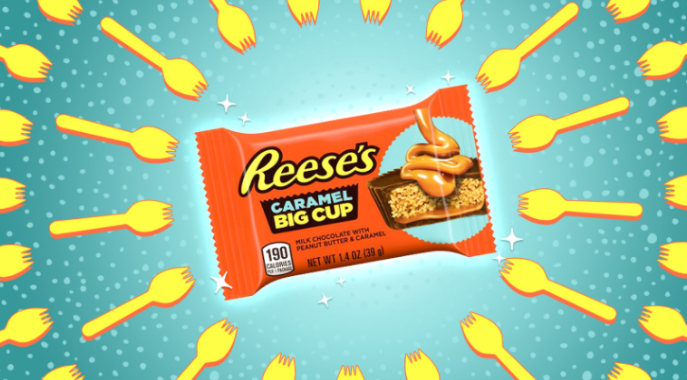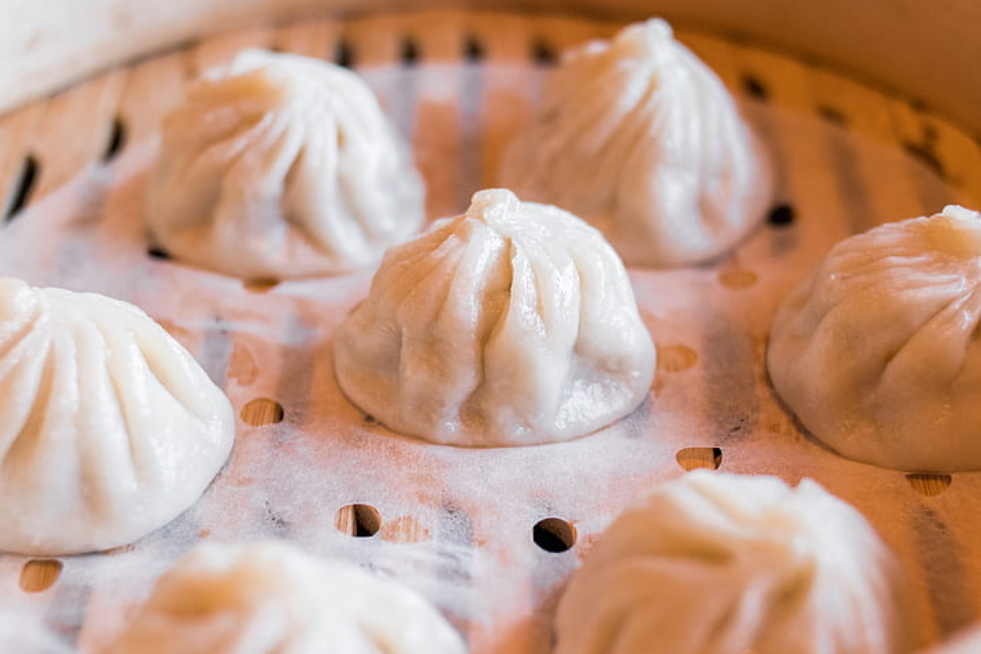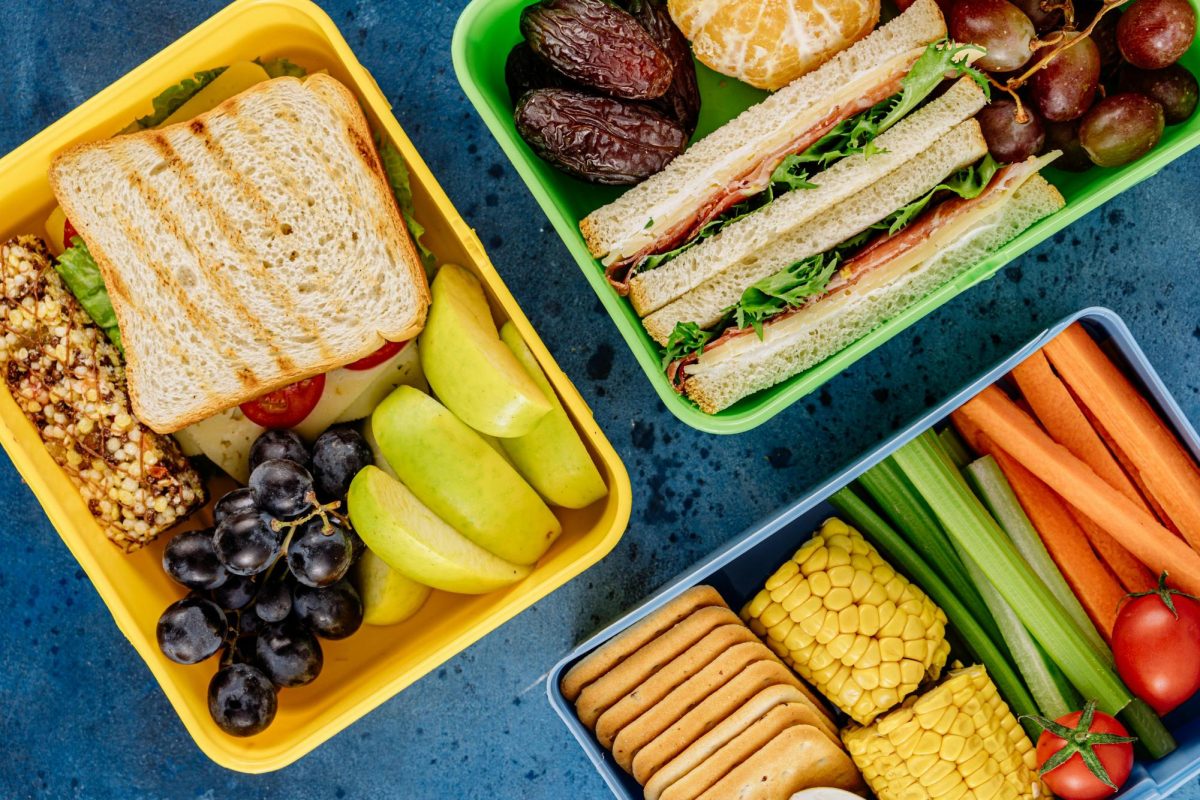Picture this: you innocently stroll through the cafeteria and grab your favorite bag of chips. As usual, you pay the regular price and go through the same routine. Nothing seems wrong at first, but you can’t help noticing that it feels lighter than normal, but you think nothing of it. You, like millions of others, have just fallen victim to shrinkflation.
In short, shrinkflation is when companies decrease the quantity and size of a product while maintaining the same retail price. It is a deceptive way to increase profit margins in the face of rising costs. “For companies lacking strong pricing power, reducing the weight, volume, or quantity of products sometimes represents the best option to maintain a healthy profit without jeopardizing sales volumes,” said Investopedia. Compared to increasing prices, changes in quantity are usually not noticed by consumers.
Shrinkflation may seem like a recent problem, but in reality, it’s an issue that has existed for many years. According to Slate, early examples of inflation can be dated back to the 18th century: “Whenever grain was in short supply in feudal Europe, bakers had two choices: They could either raise prices or sell smaller loaves. They chose the latter.” So, shrinkflation is not just a recent scam, but something that has gone on for centuries as a way to cut back while limiting public backlash.
Inflation, which is the increase of prices of goods and services within an economy, goes hand in hand with shrinkflation. This usually occurs when the overall price of materials and ingredients companies need to make their products increases. However, shrinkflation can also be done on purpose. “Shrinkflation is also caused by companies trying to keep their profit margins in place—aka they don’t want to lose a buck,” said Ramsey Solutions. In fact, despite soaring inflation, many companies will still experience a growth in revenue using shrinkflation.
Overall, shrinkflation has effects that are not obvious to the consumer. Although the slightly reduced amount of a product may not seem like a big difference, it means that you are paying the same for less of an item. Over time, as products shrink more and more, it can be harder for consumers to track what they are paying for and manage their budget for shopping. Not to mention, it can also disrupt certain recipes and routines that customers have set in place. For example, a recipe that used to require one unit of a product may now require two. In addition, there is a common feeling of being “cheated out” by companies. Although consumers are opposed to inflation, they may be more opposed to shrinkflation, as direct price increases make the changes transparent.
Shrinkflation impacts everyday items the most, whether it be food products, such as chips, cookies, crackers, or toiletries such as toilet paper, toothpaste, or shampoo. For example, Frito-Lay shrunk bags of its Doritos chips from 9.75 ounces to 9.25 ounces while keeping the same price, equivalent to roughly 5 fewer chips per bag. In addition, Bounty Triples reduced its sheet count from 165 sheets to 147. This is reflective of three fewer sheets per roll or 18 fewer uses. On the other hand, Crest shrunk its 3D White Radiant Mint toothpaste from 4.1 to 3.8 ounces, which means one fewer brushing per tube.
So what can we do against it? Although it is hard to spot shrinkflation if you don’t have an older version of a product to compare to, there are still ways to avoid shrinkflation. For example, comparing similar products’ net weight, which is the weight of the product minus all the packaging, can tell you how much you are paying for, according to CNBC. In addition, purchasing store brands, such as products directly made by CVS and Walgreens will cost less and are subject to less shrinkflation than name brands. Contrary to popular belief, store brands are often as good or even better than name brands. Another way to fight shrinkflation is to buy products in bulk, usually from retailers such as Costco, Sam’s Club, or BJ’s Wholesale Club. “In many cases, goods bought in bulk are a better deal because they typically have a lower price per unit,” said The Penny Hoarder. This is especially true for products such as toiletries and clothes which can last for a long period.
Overall, shrinkflation has been a prevalent problem for a long time now and can impact all types of products. Although shrinkflation is legal as long as package prices are clearly marked, it has its own set of problems, including the exploitation of consumer decisions, increased customer dissatisfaction, and ruined company reputations. Even though shrinkflation is not likely to leave anytime soon, there are ways to work around the problem and still get what you need without spending too much.





















































































































